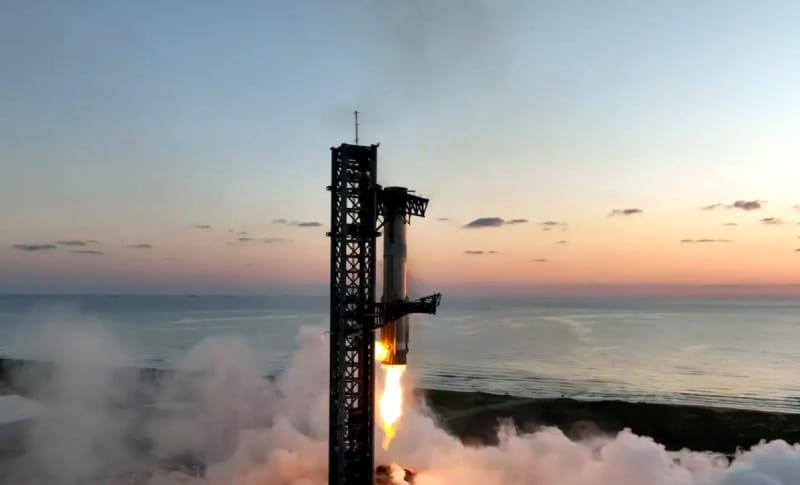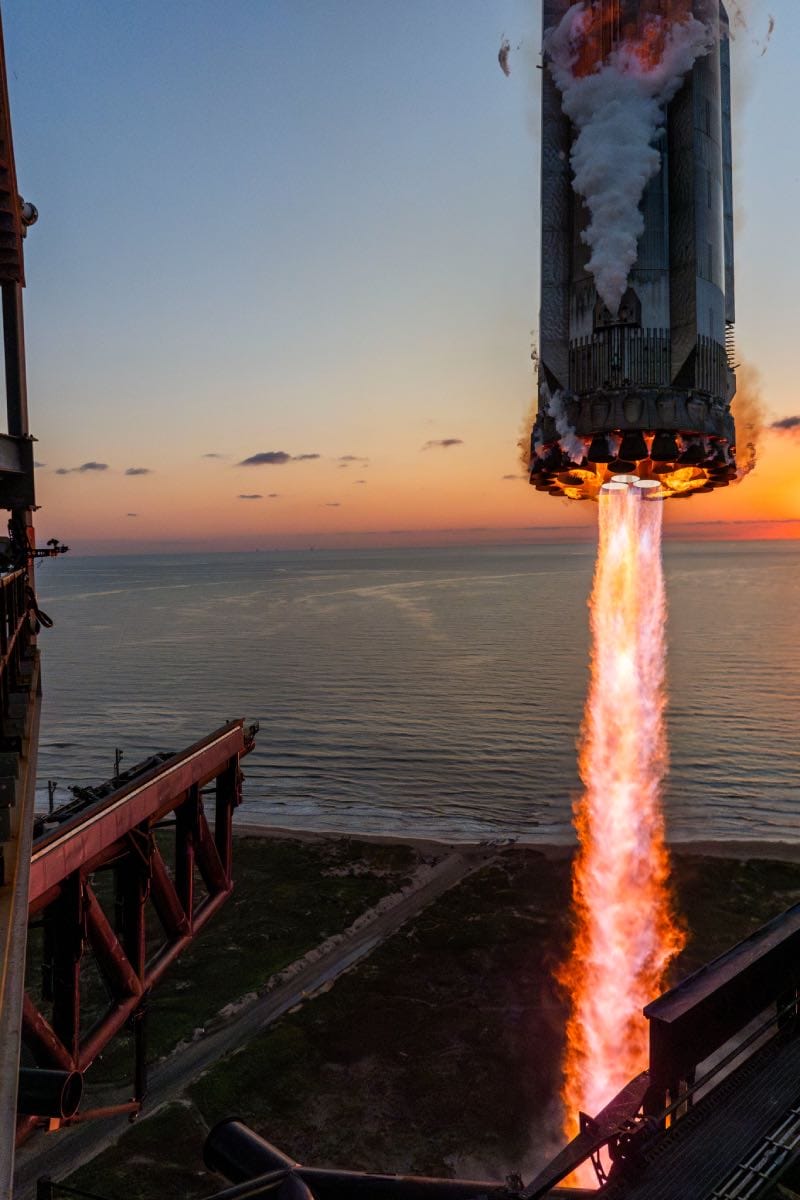Elon Musk has been busy in October, from attending the new Tesla “We Robot” event to catching his giant booster rocket called “The Super Heavy” using giant chopsticks! The last event was an incredible step forward in space travel and a big reduction of the operation costs of future endeavours of SpaceX! Keep on reading about how they were able to achieve this!
SpaceX’s Mechazilla has “Chopstick” like arms to catch the booster
Catching a booster weighing 275.000 is not an easy task, especially not when you want to catch it mid-air. However, SpaceX engineers figured out a way to do it. With their Mechazilla launch tower and a lot of calculations, they were able to catch the booster with the use of 2 arms closing in on the booster to finally secure it back to the launch tower.

In an earlier interview, Elon Musk Explained that the arms were comparable to giant chopsticks which would catch the rockets. These arms are. built into the launch tower and can open to let the rocket approach the tower again. Being able to reuse a booster rocket is already incredible, but to invent one that will reattach itself to the launch tower was expected to be impossible. However, SpaceX was able to do it. Check it out for yourself in the following video!
Why does it matter?
Sending a rocket up to space costs millions of dollars. Most of these rockets were “one-time-use” things, especially the boosters which get dropped after helping the rocket reach space. However, Elon Musk and his team at SpaceX have been trying to make rockets more reusable. They achieved this before by having a floating landing pad for the rockets. In this case, the rockets had to be transported back to the facility to be used again.
By being able to “catch” the booster rockets with the Mechazilla station it will become a lot more efficient to get the rockets up and running again. Eventually, they want to have a fully reusable rocket system. Catching the booster brought them one step closer to achieving this goal. Check out the amazing close-up picture made by “Fans of Nasa”!
